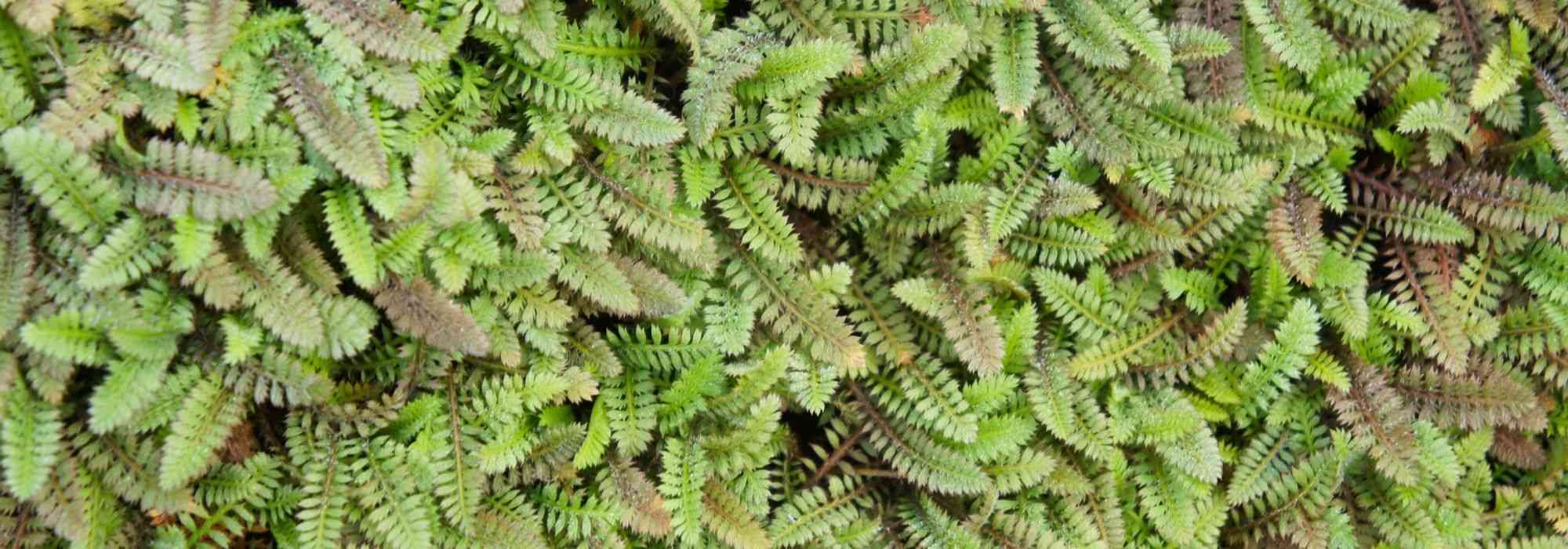
Leptinella, Cotula: planting, growing and care
Contents
Leptinella in a nutshell
- Leptinellas are perennial groundcovers for shade or partial shade
- The foliage of these perennials resembles that of a fern and can take on bronze to violet hues, sometimes very dark
- Leptinellas are part of the Asteraceae family and produce small yellow flower heads
- Native to New Zealand meadows, these small plants are sometimes used to replace lawns
- Cotulas are perfect for rockeries or as edging for raised beds
The word from our expert
When searching for a hardy groundcover for shade or partial shade, one rarely thinks of Leptinellas. This is a mistake! Indeed, the button daisies are small, robust perennials that look particularly beautiful when they form a carpet or weave between the paving stones of a path.
They resemble small ferns. However, this is not the case; leptinellas belong to the aster family, just like yarrow, with which they share this delicate foliage. Like all members of this family, button daisies produce flowers in heads, but these are not particularly spectacular.
It is mainly for the foliage and its covering ability that leptinellas are grown. The species Leptinella squalida is most commonly found in commerce, particularly a variety with dark, coppery-purple foliage that is especially aesthetic: ‘Platt’s Black’.
Button daisies are native to New Zealand. They are hardy, thriving as long as the soil is not too dry but well drained. They quickly colonise rockeries, the gaps between slabs or stones, or the base of trees and bushes. They can even be used in pots to dress the base of plants; or why not as a replacement for lawn since these plants can withstand light foot traffic.
Botany and description
Botanical data
- Latin name Leptinella squalida, Leptinella sp.
- Family Asteraceae
- Common name Leptinella, Bracted Cotula, Potentilla Cotula
- Flowering June to July
- Height 5 cm
- Exposure sun to partial shade
- Soil type soil that remains cool but well-drained
- Hardiness at least -10° C
Leptinellas belong to the Asteraceae family. The genus Leptinella includes nearly 30 species of perennials native to southern Africa, South America, sub-Antarctic islands, Australia, and New Zealand. It is primarily the species from New Zealand that interest us in our gardens, notably: Leptinella squalida or Rough Leptinella or Bracted Cotula; Leptinella potentillina or Potentilla Cotula and Leptinella hispida or Bristly Cotula (which is native to the eastern part of South Africa). They are commonly referred to as Leptinella or Cotula because these plants were previously classified under the genus name “Cotula“. Rough Leptinella and Bristly Cotula have been widely planted and have naturalised in various regions around the globe, particularly in the temperate zones of the Southern Hemisphere.
These are vigorous rhizomatous groundcover perennials with a spreading habit that quickly form a dense carpet of foliage. Leptinella is a dioecious plant: each plant bears either male or female flowers, but never both.
The foliage is evergreen to semi-evergreen depending on the climate. The leaves are pinnatisect (leaf divided into several leaflets in its pinnation), oblanceolate to obovate, composed of 8 to 17 lobes and resemble mini fronds of ferns. The foliage is glossy with a feathery appearance. The leaf colour varies from deep green to purple, turning bronze with the first frosts and even yellow before dying.
Flowering occurs from May to July in the form of golden yellow to yellow-green heads. In Leptinella squalida, they are quite insignificant, whereas in Leptinella hispida and Leptinella potentillina, the flowers appear in small, rounded heads without ligules, in a very bright yellow. The involucre is formed of silky bracts. In leptinellas, female flowers are generally larger (6-9 mm) than male flowers (4-6 mm). The fruit resulting from the flowering is a tiny glabrous achene without pappus (the pappus is the “little parachute” of dandelion seeds, for example).
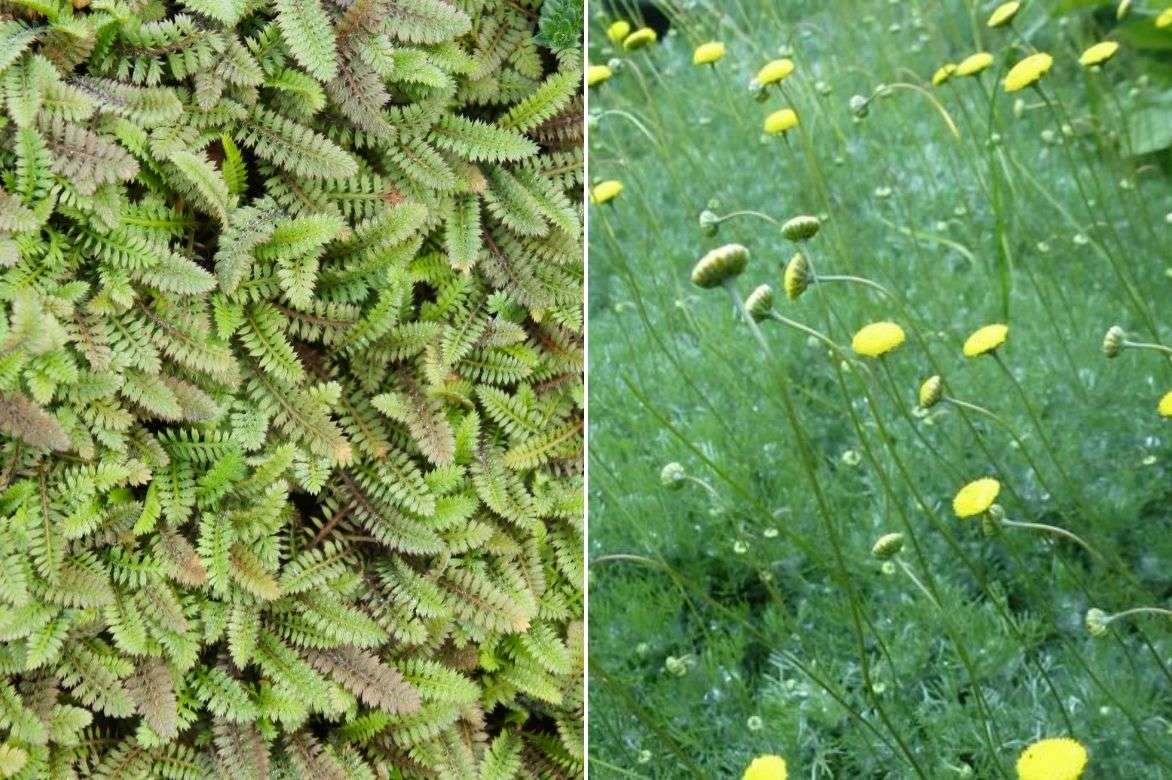
Stunning foliage of Leptinella potentillina and Leptinella hispida
Main species and varieties
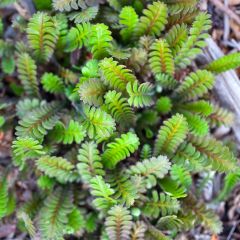
Bracteate Cotula - Leptinella squalida
- Flowering time July, August
- Height at maturity 5 cm
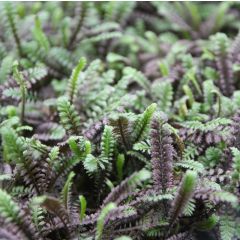
Leptinella squalida Platts Black
- Flowering time July, August
- Height at maturity 5 cm
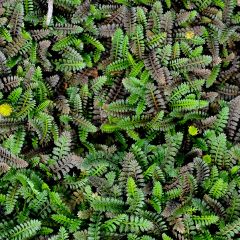
Leptinella potentillina
- Flowering time July, August
- Height at maturity 5 cm
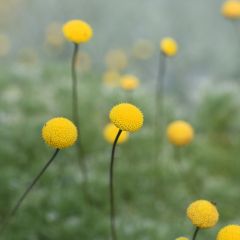
Cotula hispida - Leptinella
- Flowering time July, August
- Height at maturity 5 cm
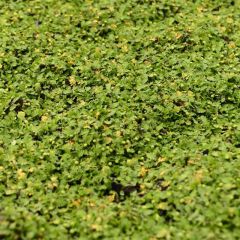
Leptinella dioica Minima
- Flowering time July, August
- Height at maturity 30 mm
Discover other Leptinella
View all →Available in 1 sizes
Available in 2 sizes
Available in 1 sizes
Available in 2 sizes
Available in 1 sizes
Planting Leptinellas
Where to plant?
A wide range of soil is suitable for cotules: neutral to acidic, sandy to humus-bearing. The soil should remain cool but well-drained. Adding compost and leaf mould at planting is beneficial.
A position in partial shade is preferable, but in the north of the Loire and in cool soil, they can be grown in full sun. Shade is well tolerated.
When to plant?
Planting should preferably be done in spring (March-April) in heavy soil or in autumn (October-November) in any other type of soil.
How to plant?
Prepare a hole that is twice as wide and deep as the root ball. Loosen the soil at the bottom of the hole. Add a few handfuls of well-decomposed compost. Place your perennial at the bottom of the hole and backfill with the excavated soil. Firm the surface soil with your hands. Provide a good watering can of water.
Plan for 10 to 12 plants/m² for quick ground coverage.
In pots, remember to ensure good drainage in the container using clay balls placed at the bottom of the pot.
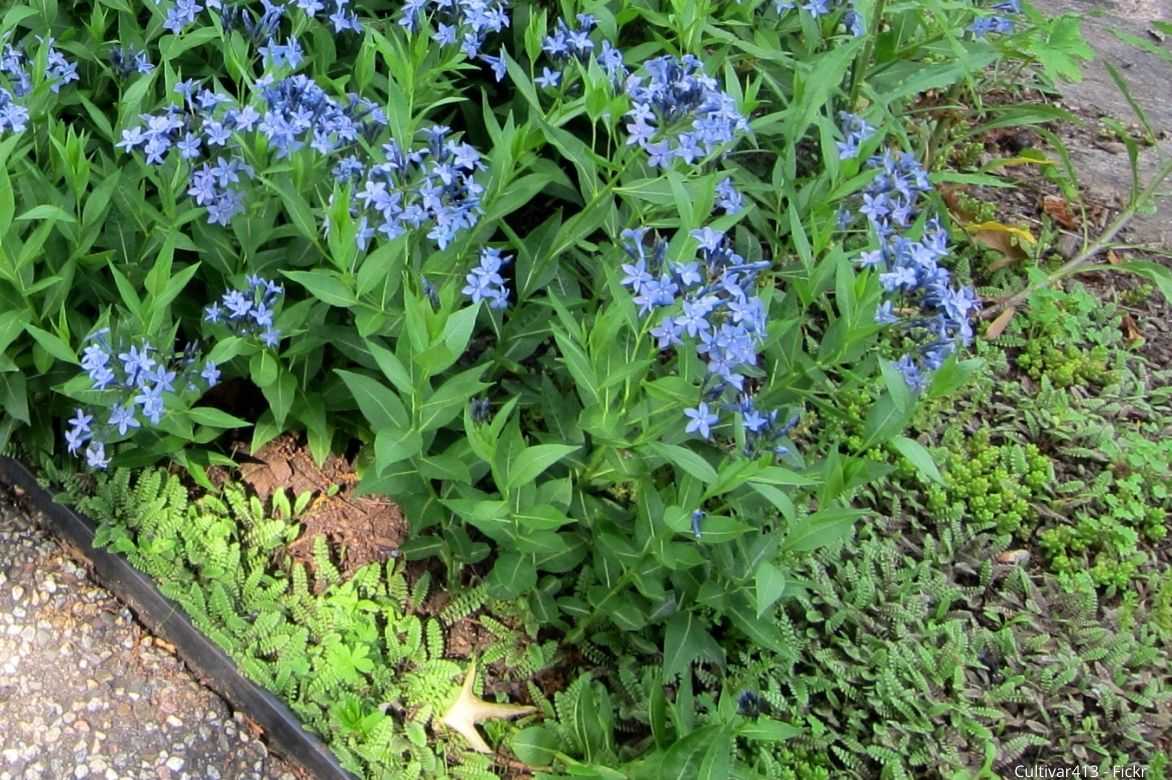
A carpet of Leptinella squalida ‘Platt’s Black’ covers the ground at the foot of an Amsonia ‘Blue Ice’
Caring for Leptinella
Maintenance
No pruning or real maintenance is required.
If you use the lawn clippings, you can mow twice a year, setting the cutting height to just under 10 cm to cut the flowers.
In March, you can also perform a light brushing with your fingertips to remove dead leaves. However, these two operations are optional.
During very dry periods and especially in the year following planting, do not forget to water.
Diseases and pests
Leptinellas are not affected by any diseases or significant pest attacks.
Snails and slugs may occasionally nibble on the flower buds.
You might notice a presence of red spiders in overly dry conditions, but this has no real consequence for the plant: a light shower and everything will return to normal.
Multiplying
Division
The simplest and most effective method is division. You can divide the plant in spring every 3 to 4 years when it flowers less.
Cutting or layering
You can also try a cutting by taking a cut flower arrangement of leaves with a piece of rootstock in spring or autumn.
Sowing
Sowing the seeds works well: either directly in the ground in June, without covering the seeds too much, or indoors in April at a temperature of 20° C in a light compost.
How to pair leptinellas in the garden?
In a damp shady rockery
A small perennial for a shaded rockery with delicately cut foliage and punctuated by tiny golden yellow buds, the Leptinella potentillina or Potentilla Cotula is a wonder to adopt. But all alone in its rockery, our poor leptinella would eventually feel quite lonely. Let’s accompany it with one or two ferns like Adiantum pedatum with its very graphic appearance. We are well served for foliage, so let’s focus on the flowering: a few specimens of Corydalis ‘Craigton Blue’, a Scottish variety with an astonishingly indescribable blue flowering, a lovely Saxifraga fortunei ‘Gokka’ with raspberry-pink autumn flowers, a tuft of the often-overlooked groundcover Chrysogonum virginianum ‘André Viette’ whose flowers resemble a zinnia… yellow, and finally a small cluster of Liriope muscari ‘Monroe White’ will complete the picture.
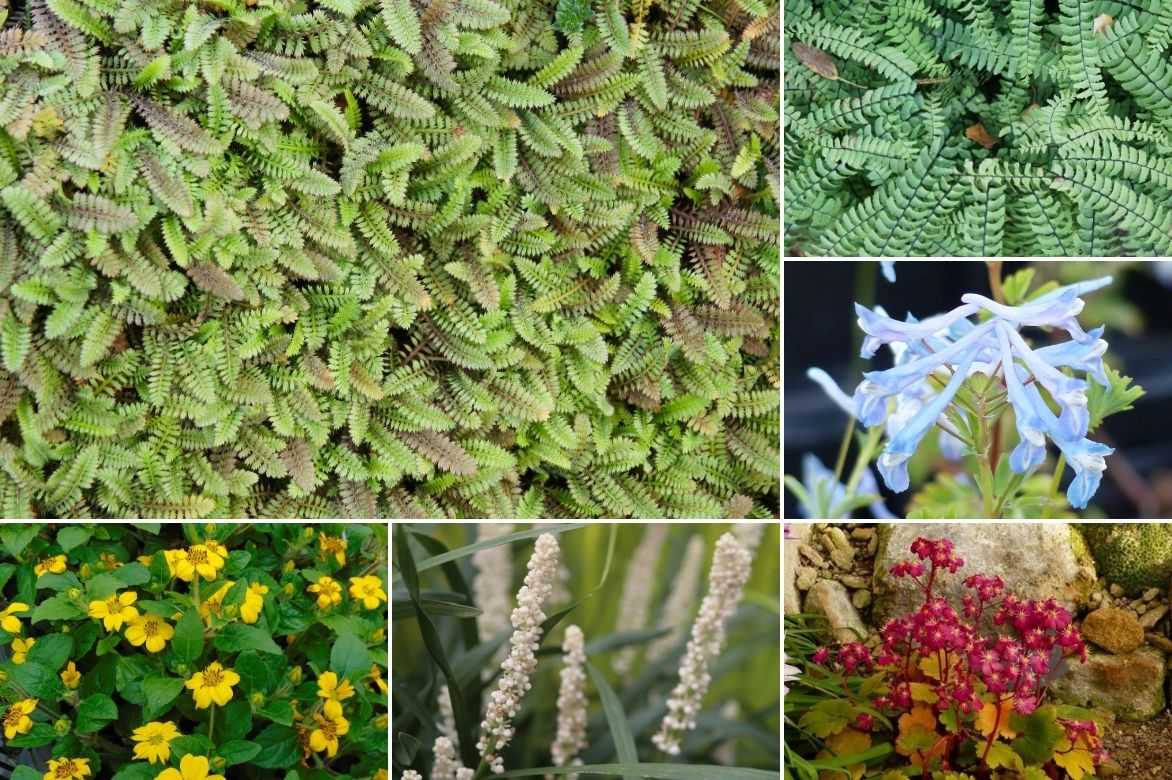
An example of association in a shaded rockery: Leptinella potentillina, Adiantum pedatum, Corydalis ‘Craigton Blue’, Saxifraga fortunei ‘Gokka’, Liriope muscari ‘Monroe White’, Chrysogonum virginianum André Viette
As groundcover under a tree
In the shade of a beautiful tree, nothing is more beautiful than a carpet of Leptinella squalida or Cotula with Bracts ‘Platt’s Black’. It will advantageously replace the classic Ajuga reptans ‘Atropurpurea’, another purple-leaved shade groundcover perennial. To echo the astonishing foliage of the Cotula with Bracts, a few clusters of ferns Athyrium niponicum ‘Pictum’ will be just right. The violet-bronze foliage of the leptinellas will be enhanced by two or three Oriental Hellebores ‘Black Chocolate’ with purple foliage and almost black flowers. To finish, and to contrast sharply with the dark foliage, small tufts scattered here and there of hybrid lungworts ‘Majesty’ and Caucasian Myosotis ‘Jack Frost’ will work wonders.
To brighten the joints between slabs in cool partial shade
Leptinella dioica ‘Minima’ is perfect for creeping into the tiniest gaps between stones, paving, slabs… It will feel right at home in partial shade or shade in a cool atmosphere. It can even be used to replace moss in a Japanese-inspired garden.
→ Discover more association ideas with Leptinella in our article!
Did you know?
- The genus name Leptinella comes from the Greek Leptos, meaning “thin and fine,” in reference to the delicacy of the foliage reminiscent of certain ferns.
- Previously, species of the genus Leptinella were classified under the genus Cotula, which explains their common names.
Useful resources
- Find all our leptinellas in our online nursery.
- Discover our tips for growing Leptinella in pots.
- Subscribe!
- Contents
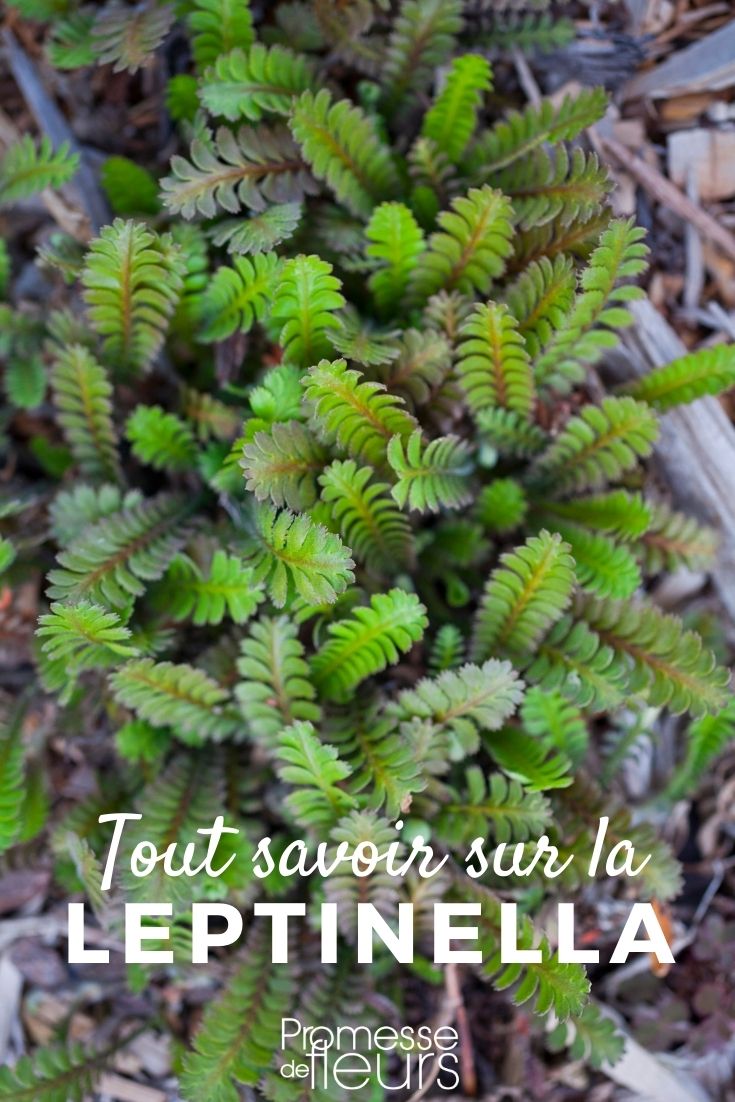




































Comments